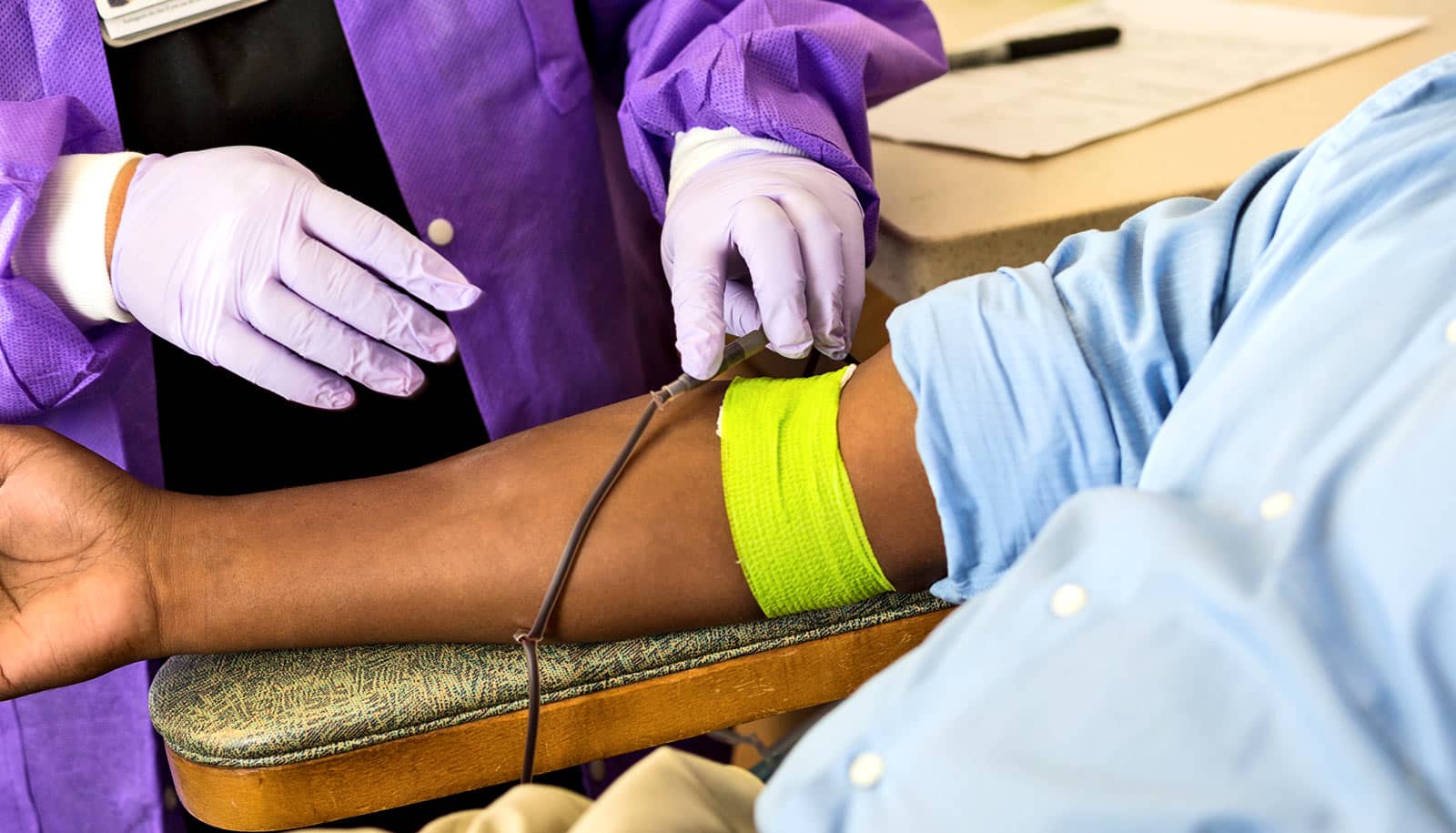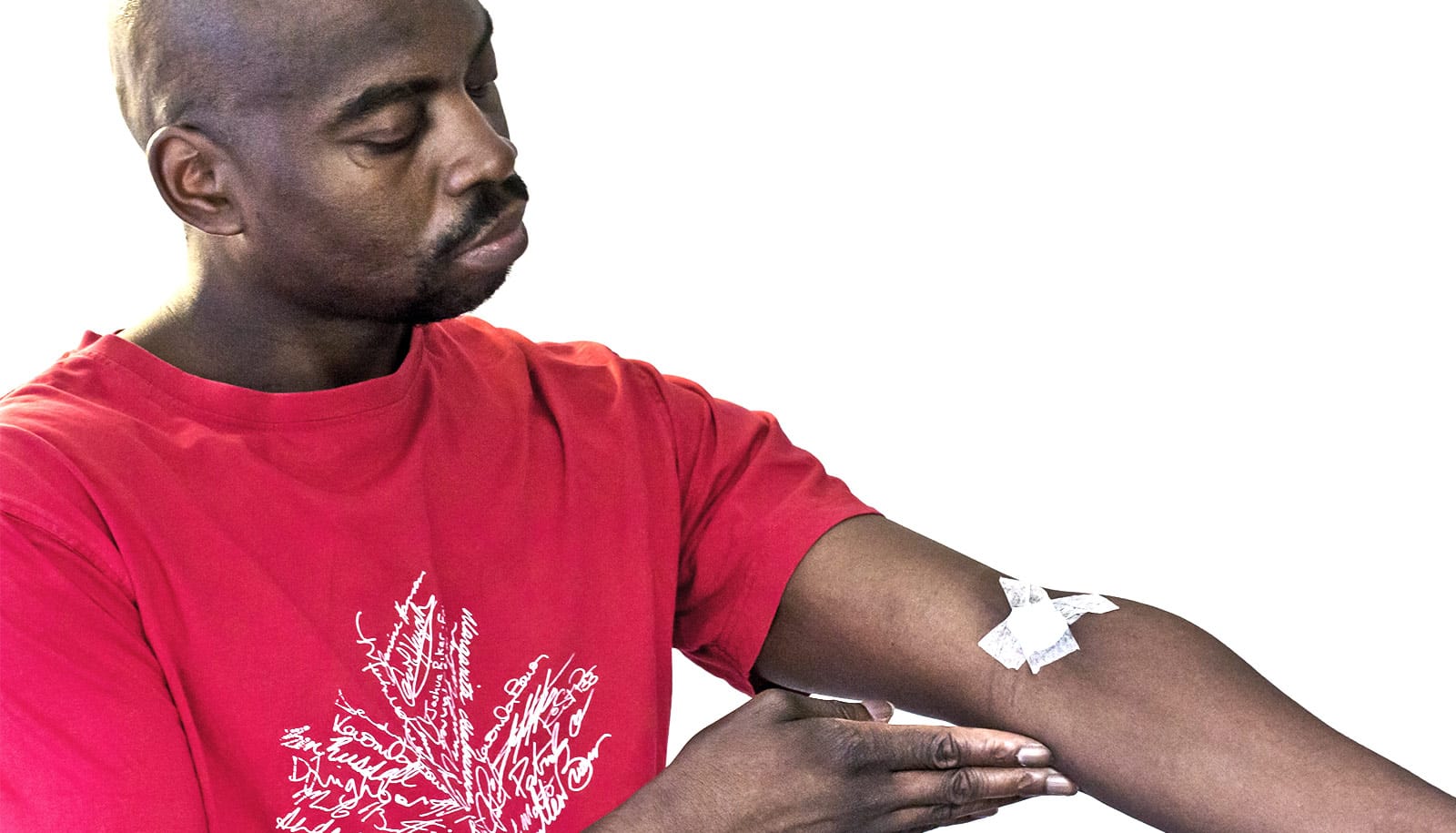A robot performed as well or better than people in the first human clinical trial of an automated blood draw and testing device.
The device provides quick results and would allow healthcare professionals to spend more time treating patients in hospitals and other settings.
The results, which appear in the journal Technology, compared to or exceeded clinical standards, with an overall success rate of 87% for the 31 participants. For the 25 people with easy-to-access veins, the success rate was 97%.
The device includes an ultrasound image-guided robot that draws blood from veins. A fully integrated device, which includes a module that handles samples and a centrifuge-based blood analyzer, could be used at bedsides and in ambulances, emergency rooms, clinics, doctors’ offices, and hospitals.
Venipuncture, which involves inserting a needle into a vein to get a blood sample or perform IV therapy, is the world’s most common clinical procedure, with more than 1.4 billion performed yearly in the United States.
But clinicians fail in 27% of patients without visible veins, 40% of patients without palpable veins, and 60% of emaciated patients, according to previous studies.
Repeated failures to start an IV line boost the likelihood of phlebitis, thrombosis, and infections, and may require targeting large veins in the body or arteries—at much greater cost and risk.
As a result, venipuncture is among the leading causes of injury to patients and clinicians. Further, difficulty accessing veins can increase procedure time up to an hour, requires more staff, and costs more than $4 billion a year in the United States, according to estimates.
“A device like ours could help clinicians get blood samples quickly, safely, and reliably, preventing unnecessary complications and pain in patients from multiple needle insertion attempts,” says lead author Josh Leipheimer, a biomedical engineering doctoral student in the lab of principal investigator Martin L. Yarmush, professor in the biomedical engineering department in the School of Engineering at Rutgers University-New Brunswick.
In the future, health workers could use the device in such procedures as IV catheterization, central venous access, dialysis, and placing arterial lines. The researchers will next refine the device to improve success rates in patients with difficult veins to access and will use data from the current study to enhance artificial intelligence in the robot to improve its performance.
Additional coauthors are from Rutgers and the Icahn School of Medicine at Mount Sinai Hospital.
Source: Rutgers University


